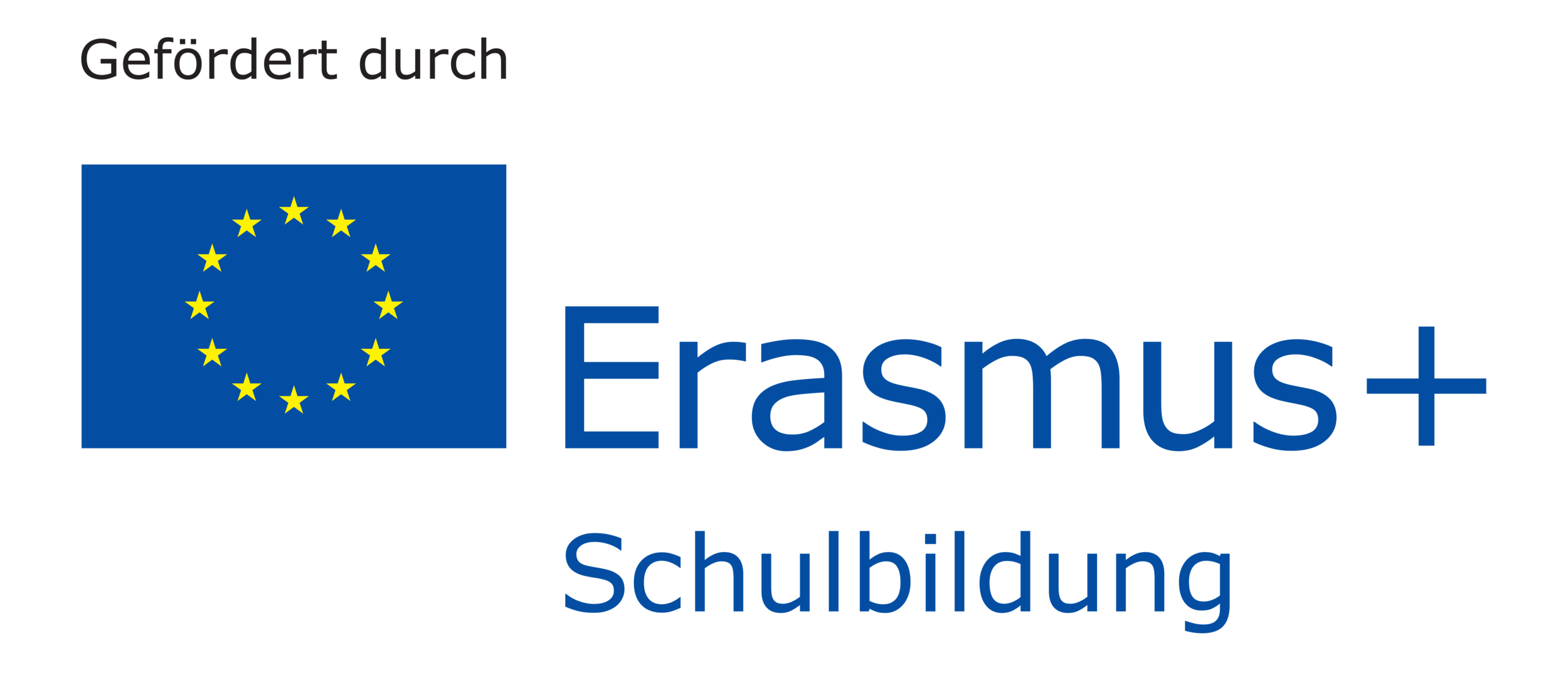Language, Identity and Belonging
The main aspect that comes into play when talking about a child’s languages and identity is belonging. The essential impact that speaking a certain language or variant of a language, dressing a certain way, expressing one’s cultural influences, ... has on a child is the question of where do I belong. What makes me unique and special, which group of people do I identify with and what is my personal story. It is vital to allow the child to find her own personal story based on her experiences in a multilingual and multicultural setting. The educator cannot guess or interpret the child’s cultural identity based on the child’s country of origin or languages that the child speaks. These aspects can only give hints, the importance lies in listening to the child’s personal story. The responsibility of the educator is to understand the child’s diverse cultural identity not as a national identity but as a complex and unique hybridity of cultures [Hall, 1999].
It is important to support children in forming their identity. Children with a stable sense of identity will become capable adults who have learned to trust in themselves and their personal story. By supporting children in their journey in multiculturalism and multilingualism, we foster a diverse and empathetic community.

